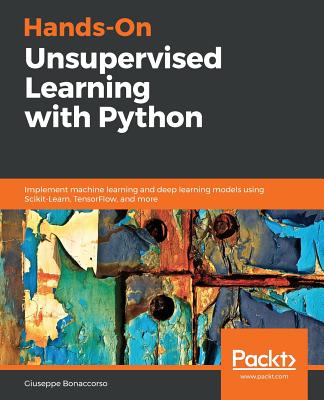商品描述
Deep learning (also known as deep structured learning, hierarchical learning or deep machine learning) is a branch of machine learning based on a set of algorithms that attempt to model high level abstractions in data. Deep learning is part of a broader family of machine learning methods based on learning representations of data. One of the promises of deep learning is replacing handcrafted features with efficient algorithms for unsupervised or semi-supervised feature learning and hierarchical feature extraction. Research in this area attempts to make better representations and create models to learn these representations from large-scale unlabeled data. Some of the representations are inspired by advances in neuroscience and are loosely based on interpretation of information processing and communication patterns in a nervous system, such as neural coding which attempts to define a relationship between various stimuli and associated neuronal responses in the brain. MATLAB has the tool Neural Network Toolbox that provides algorithms, functions, and apps to create, train, visualize, and simulate neural networks. You can perform classification, regression, clustering, dimensionality reduction, time-series forecasting, and dynamic system modeling and control. The toolbox includes convolutional neural network and autoencoder deep learning algorithms for image classification and feature learning tasks. To speed up training of large data sets, you can distribute computations and data across multicore processors, GPUs, and computer clusters using Parallel Computing Toolbox. The more important features are the following: • Deep learning, including convolutional neural networks and autoencoders • Parallel computing and GPU support for accelerating training (with Parallel Computing Toolbox) • Supervised learning algorithms, including multilayer, radial basis, learning vector quantization (LVQ), time-delay, nonlinear autoregressive (NARX), and recurrent neural network (RNN) • Unsupervised learning algorithms, including self-organizing maps and competitive layers • Apps for data-fitting, pattern recognition, and clustering • Preprocessing, postprocessing, and network visualization for improving training efficiency and assessing network performance • Simulink® blocks for building and evaluating neural networks and for control systems applications This book develops deep learning, including convolutional neural networks and autoencoders and other types of advanced neural networks
商品描述(中文翻譯)
深度學習(也稱為深度結構學習、階層學習或深度機器學習)是機器學習的一個分支,基於一組算法,旨在對數據中的高層次抽象進行建模。深度學習是基於學習數據表示的更廣泛的機器學習方法的一部分。深度學習的一個承諾是用高效的算法取代手工設計的特徵,以進行無監督或半監督的特徵學習和階層特徵提取。該領域的研究旨在從大規模未標記數據中創建更好的表示並建立模型來學習這些表示。其中一些表示受到神經科學進展的啟發,並且大致基於對神經系統中信息處理和通信模式的解釋,例如神經編碼,該編碼試圖定義各種刺激與大腦中相關神經反應之間的關係。MATLAB 提供了神經網絡工具箱(Neural Network Toolbox),該工具箱提供算法、函數和應用程序,用於創建、訓練、可視化和模擬神經網絡。您可以執行分類、回歸、聚類、降維、時間序列預測以及動態系統建模和控制。該工具箱包括用於圖像分類和特徵學習任務的卷積神經網絡和自編碼器深度學習算法。為了加速大型數據集的訓練,您可以使用並行計算工具箱(Parallel Computing Toolbox)在多核處理器、GPU 和計算集群之間分配計算和數據。更重要的特徵包括以下幾點:
• 深度學習,包括卷積神經網絡和自編碼器
• 並行計算和 GPU 支持以加速訓練(使用並行計算工具箱)
• 監督學習算法,包括多層、徑向基、學習向量量化(LVQ)、時間延遲、非線性自回歸(NARX)和遞歸神經網絡(RNN)
• 無監督學習算法,包括自組織映射和競爭層
• 用於數據擬合、模式識別和聚類的應用程序
• 用於提高訓練效率和評估網絡性能的預處理、後處理和網絡可視化
• 用於構建和評估神經網絡以及控制系統應用的 Simulink® 模塊
本書發展了深度學習,包括卷積神經網絡、自編碼器和其他類型的先進神經網絡。













